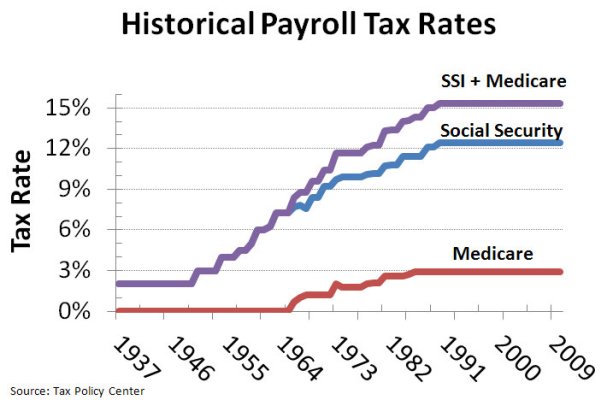I personally was concerned about state pension viability back around 2005. For a pretty simple reason. I had been reading financial forums like this for 5 years and I knew that if you wanted to withdraw 40K a year you near $1,000,000 in assets. But when a looked my state pension plan a lot of the new retirees we collecting $40,000 pension and yet when I looked at the assets there was only $400,000/retiree. Now obviously their big difference between $1,000,000 in assets supporting a SWR of 4% for individual and multi billion dollar pension funds, supporting the retirement of tens of thousand. Never the less I don't think a SWR of roughly 10% is every prudent.
When I dug a bit deeper one I found pretty consistent assumption in most pension plans, they almost all predicted a steady increase in the number of government employees, and wages for those employees. Which is great news for a pension plan more highly paid workers, makes easier to pay current retirees, meaning you can invest less. I can even understand how that occurs, I imagine all state and probably most major cities, have economic development department/forcasting. These department almost always are optimistic. But if you are the actuarial and are looking for economic forecast for you state or city, well who are you going to call, your economic development department.
Everything looked hunky dory in the mid 2000s, home prices were rising rapidly,new housing starts were up, the stock market was doing good, and new housing starts, means new people, who require more government workers.
Now we live in a new normal, and for pension funds the world is even worse. They don't have the freedom that folks like I do and cut my bond allocation down to 15%. Nope pension plans need roughly 50% of their money in bonds and right now bonds have a negative real return. So their options for raising more money to pay for the pensions are really limited hence the fighting.

